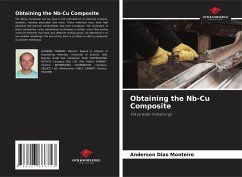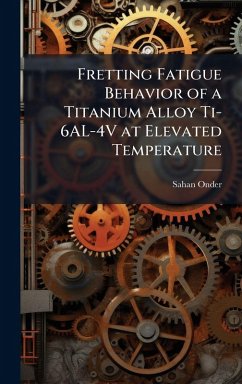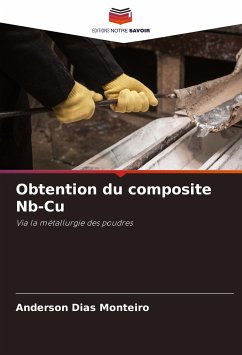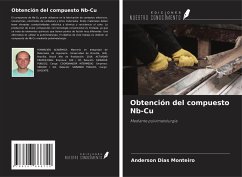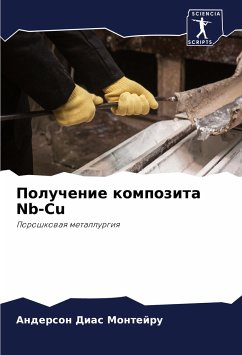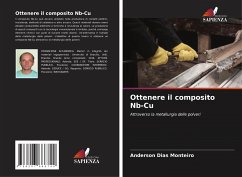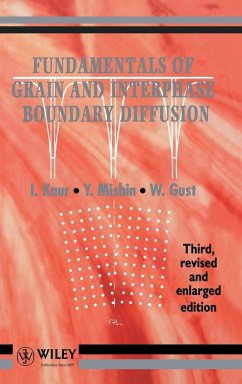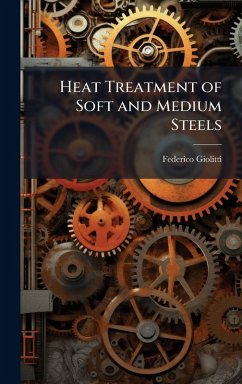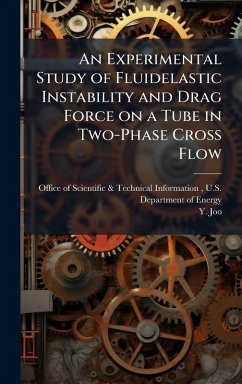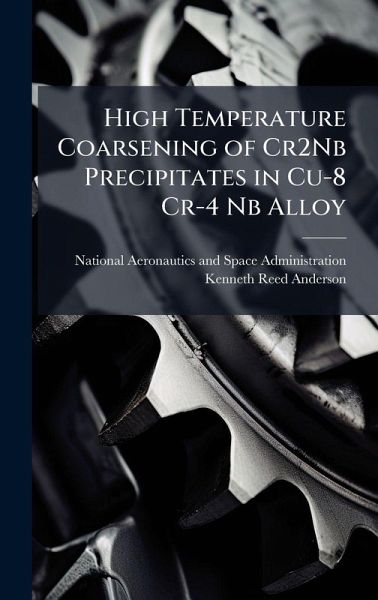
High Temperature Coarsening of Cr2Nb Precipitates in Cu-8 Cr-4 Nb Alloy
Versandkostenfrei!
Versandfertig in über 4 Wochen
27,99 €
inkl. MwSt.
Weitere Ausgaben:

PAYBACK Punkte
14 °P sammeln!
A new high-temperature-strength, high-conductivity Cu-Cr-Nb alloy with a CrNb ratio of 2:1 was developed to achieve improved performance and durability. The Cu-8 Cr4 Nb alloy studied has demonstrated remarkable thermal and microstructural stability after long exposures at temperatures up to 0.98 T(sub m). This stability was mainly attributed to the slow coarsening kinetics of the Cr2Nb precipitates present in the alloy. At all temperatures, the microstructure consists of a bimodal and sometimes trimodal distribution of strengthening Cr2Nb precipitates, depending on precipitation condition, i.e...
A new high-temperature-strength, high-conductivity Cu-Cr-Nb alloy with a CrNb ratio of 2:1 was developed to achieve improved performance and durability. The Cu-8 Cr4 Nb alloy studied has demonstrated remarkable thermal and microstructural stability after long exposures at temperatures up to 0.98 T(sub m). This stability was mainly attributed to the slow coarsening kinetics of the Cr2Nb precipitates present in the alloy. At all temperatures, the microstructure consists of a bimodal and sometimes trimodal distribution of strengthening Cr2Nb precipitates, depending on precipitation condition, i.e. from liquid or solid solution, and cooling rates. These precipitates remain in the same size range, i.e. large precipitates of approximately I pm, and small precipitates less dm 300 nm, and effectively pin the grain boundaries thus retaining a fine grain size of 2.7 micro-m after 100 h at 1323 K. (A relatively small number of Cr-rich and Nb-rich particles were also present.) This grain boundary pinning and sluggish coarsening of Cr2Nb particles explain the retention of good mechanical properties after prolonged holding at very high temperatures, e.g., 75% of the original hardness after aging for 100 h at 1273 K. Application of LSW-based coarsening models indicated that the coarsening kinetics of the large precipitates are most likely governed by grain boundary diffsion and, to a lesser extent, volume diffusion mechanisms. This work has been selected by scholars as being culturally important, and is part of the knowledge base of civilization as we know it. This work was reproduced from the original artifact, and remains as true to the original work as possible. Therefore, you will see the original copyright references, library stamps (as most of these works have been housed in our most important libraries around the world), and other notations in the work. This work is in the public domain in the United States of America, and possibly other nations. Within the United States, you may freely copy and distribute this work, as no entity (individual or corporate) has a copyright on the body of the work. As a reproduction of a historical artifact, this work may contain missing or blurred pages, poor pictures, errant marks, etc. Scholars believe, and we concur, that this work is important enough to be preserved, reproduced, and made generally available to the public. We appreciate your support of the preservation process, and thank you for being an important part of keeping this knowledge alive and relevant.



